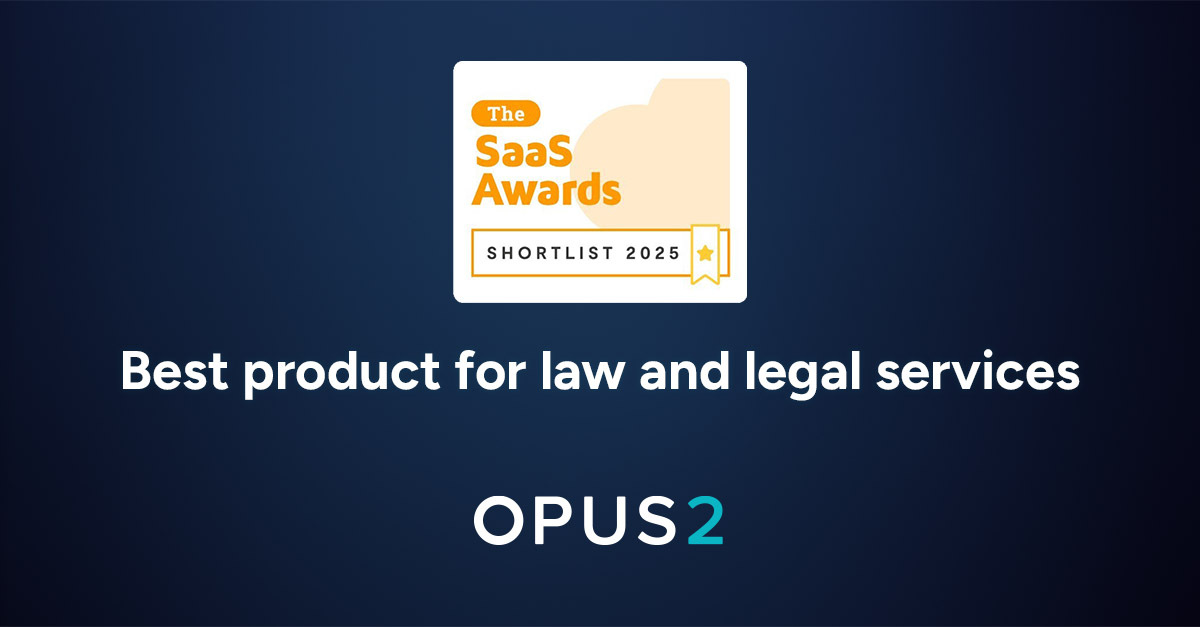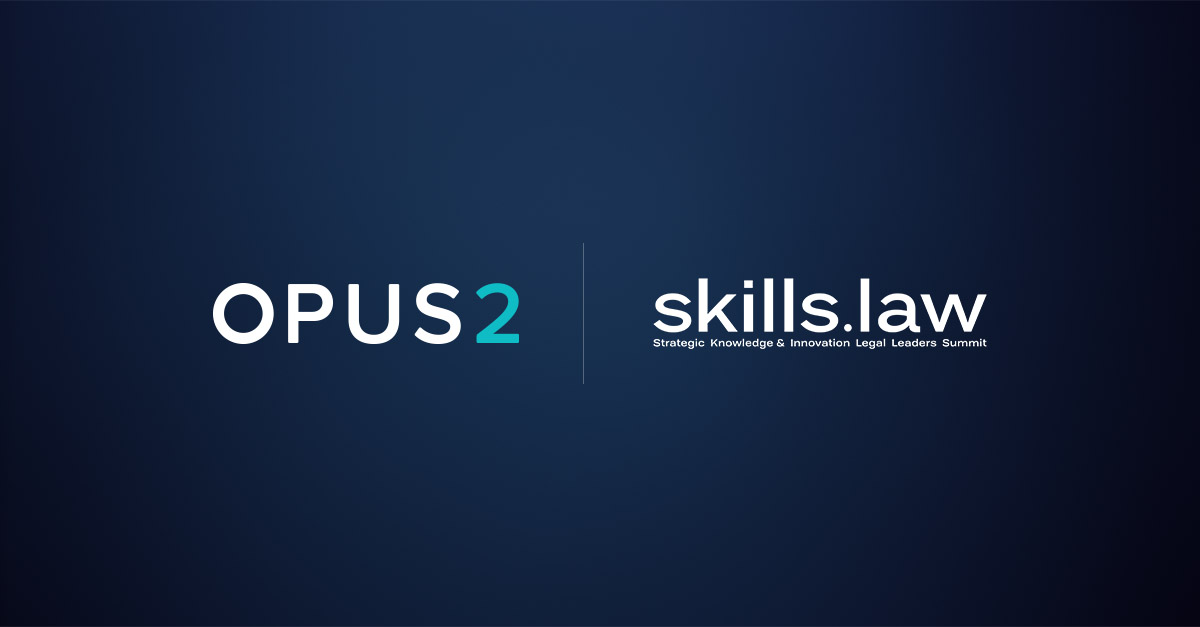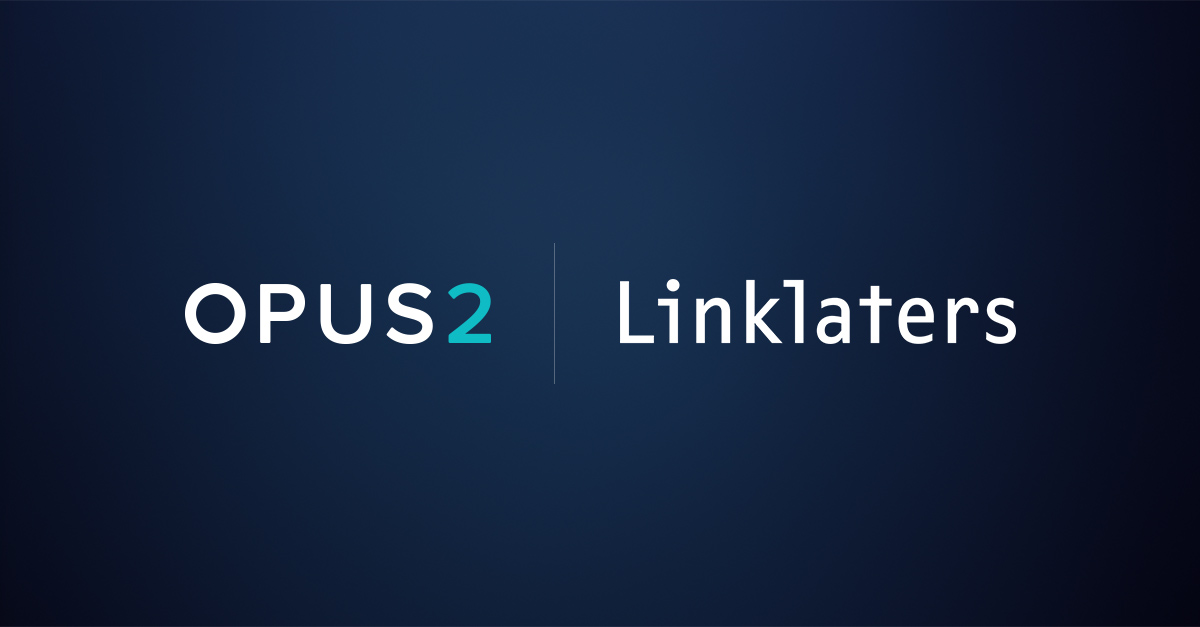The legal industry’s perspective on artificial intelligence has undergone a seismic shift. What was once viewed as a curiosity has now become a necessity for forward-thinking litigation teams. The fear of being left behind has surpassed the fear of getting it wrong, driving a new wave of adoption of AI for lawyers and in law firms across the globe.
Results from ILTA’s 2024 Technology Survey reveal a growing recognition of AI’s practical value in litigation:
- Nearly two-thirds of respondents now believe generative AI (GenAI) tools will be used for summarizing complex documents, up from less than half a year ago.
- Only 17% view GenAI as merely for entertainment, down from 29% in the previous year.
In addition, a recent report by Ari Kaplan Advisors, Advancing Litigation Support to Fuel Growth in a Changing Legal Market, shows that a staggering 87% of litigation support directors consider AI-assisted case management software a competitive advantage. The change in mindset can also be explained by several factors that could hamper growth as law firms look to expand their litigation work: Caseloads are rising, and the data and data sources in an average case are multiplying, meaning teams are sifting through more data to find the same amount of facts needed for their case.
This shift in perspective is driving rapid adoption, with one industry leader noting, “People are getting nervous and want to use it because they are concerned about missing out.” With most litigation teams now open to embracing AI, how can they start leveraging AI to gain a competitive edge? Let’s explore four practical applications:
Practical use cases driving law firm AI adoption in litigation
AI is poised to transform several critical areas of litigation support. According to the Kaplan survey, the most impactful applications of AI in litigation are:
- Document analysis (100% agreement among respondents)
- Transcript management (90%)
- Chronology creation (87%)
- Case strategy (77%)
Here’s how litigation teams can leverage AI in these use cases:
Document analysis: The foundation of AI-powered litigation
AI excels at rapidly processing vast amounts of data, making it invaluable for document analysis. It can:
- Conduct analysis on large document sets: GenAI can help identify potential intent, key players, or high-risk documents. This insight narrows down vast datasets and uncovers relevant evidence that might otherwise go unnoticed, increasing your team’s accuracy in identifying important information.
- Summarize key information from complex legal materials: GenAI can create “CliffsNotes” style summaries of key documents, enabling lawyers to quickly grasp essential information. You can also use GenAI to automatically categorize documents by topic or tag, making key information easy to find.
- Identify relevant facts and patterns across multiple sources: This is another way to leverage AI to ensure nothing is missed. Once identified, facts can be quickly added to a chronology.
Overall, by using AI to create a first-pass review, your team has more time to conduct a higher-level, more strategic analysis of the document using AI’s initial findings. To get started with GenAI for document analysis, look for AI-powered document review capabilities that are integrated into your existing case management software, train your team on how to craft effective prompts to guide the AI’s analysis, and establish quality control processes to verify AI-generated summaries and insights.
Transcript management: Accelerating manual review
AI can significantly reduce the time and effort required to extract valuable information from deposition and trial transcripts. Much like a first-pass document review, GenAI can quickly generate accurate deposition summaries and overviews of lengthy transcripts. It can:
- Surface key information quickly: Using GenAI can identify key themes, arguments, and potential inconsistencies
- Improve searchability: Users can leverage AI summaries to create searchable data sources of transcript content for easy reference.
- Analyze deposition tone: AI can analyze witness credibility and sentiment across multiple testimonies, which can enhance your case strategy
To get started, look for case management software that offers built-in, AI-powered transcript analysis tools that use natural language queries to interrogate transcript documents, and then train your team to validate and contextualize AI-generated insights from transcripts.
Chronology creation: Building a compelling case timeline
A well-constructed fact chronology is essential for understanding the sequence of events, identifying critical moments, and presenting a clear narrative at trial. GenAI can:
- Building fact chronologies: Automatically extract dates, events, and key players from various document types
- Cross-referencing events and evidence: Identify relationships and patterns across multiple data sources
- Creating dynamic timelines: Help generate visual timelines that can be easily customized and updated
- Identify areas for investigation: Suggest potential gaps or inconsistencies in the chronology for further investigation
In addition, AI can help connect events to other case information like characters, issues, and other evidence. Using this metadata, litigation teams can build customized timelines to help filter and visualize events by topic, character, location, and more.
Case strategy: Elevating your litigation approach
By analyzing vast amounts of data and identifying patterns that humans might miss, GenAI can provide valuable insights to inform your overall litigation approach and case strategy. Just as you can use GenAI to create summaries about documents related to your case, you can also apply the same technology to your litigation team’s work product. This analysis can:
- Identify potential strengths and weaknesses in your case
- Predict opposing counsel’s likely arguments and strategies, allowing your team to explore various approaches
- Generate data-driven recommendations for settlement negotiations or trial preparation
You can also integrate GenAI into your case strategy by using AI-powered platforms to analyze past cases and judicial decisions, informing your strategic decisions.
Quick tips to ensure strong law firm AI adoption
As you implement these GenAI applications, it’s crucial to develop protocols and guardrails to ensure ethical and effective use. Nearly all surveyed legal professionals (90%) are taking proactive steps in this direction. Consider the following best practices:
- Establish clear guidelines for AI use, including data privacy and security measures
- Provide comprehensive training for your team on AI tools and ethical considerations
- Implement quality control processes to validate AI-generated outputs
- Stay informed about evolving regulations and industry standards related to AI in legal practice
Conclusion
As we move further into 2025, it’s clear that AI is no longer just a buzzword in the legal industry—it’s becoming an essential tool for competitive litigation teams. By embracing AI-powered solutions, law firms can enhance efficiency, improve case outcomes, and stay ahead in an increasingly complex legal landscape.
The key to success lies in thoughtful implementation, ongoing education, and a willingness to adapt as AI technologies evolve. Those who take proactive steps now will be well-positioned to thrive in the AI-augmented future of litigation.
Are you ready to gain a competitive edge with AI in your litigation practice? Start by assessing your current workflows, identifying areas where AI could have the most impact, and exploring AI-powered case management solutions. The future of litigation is here—don’t get left behind.








